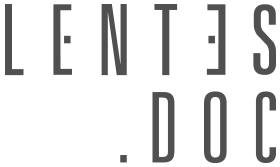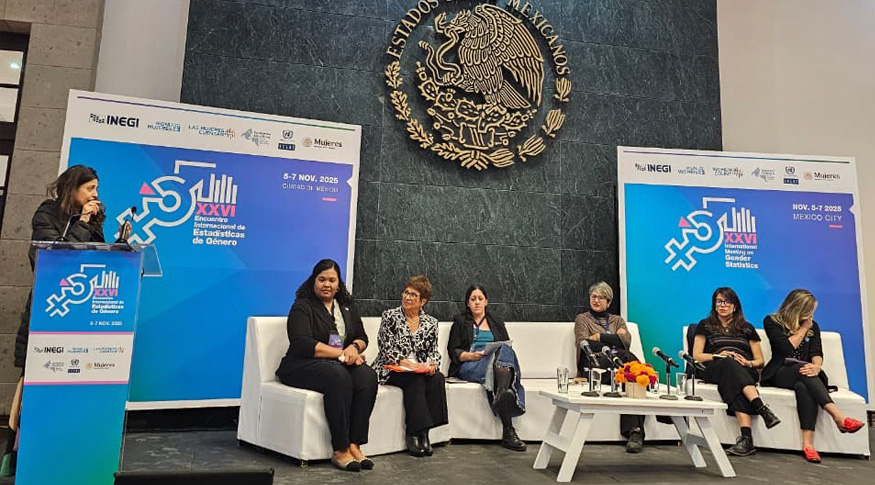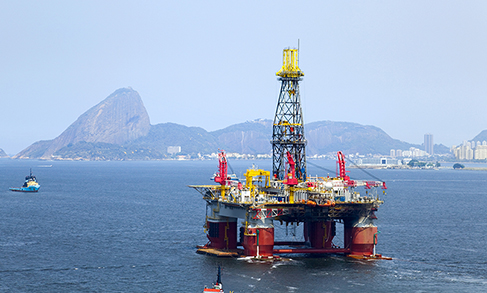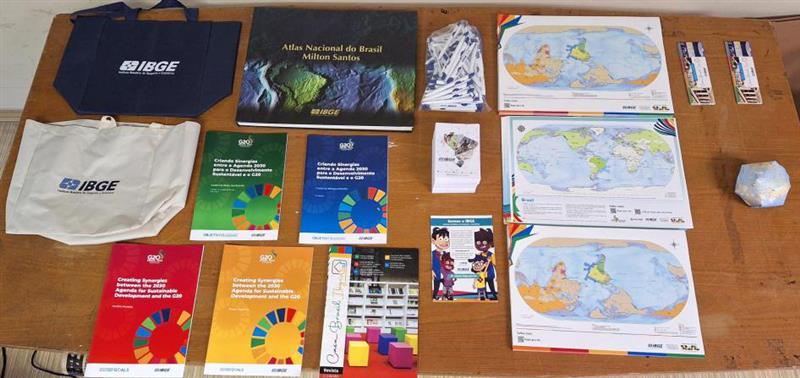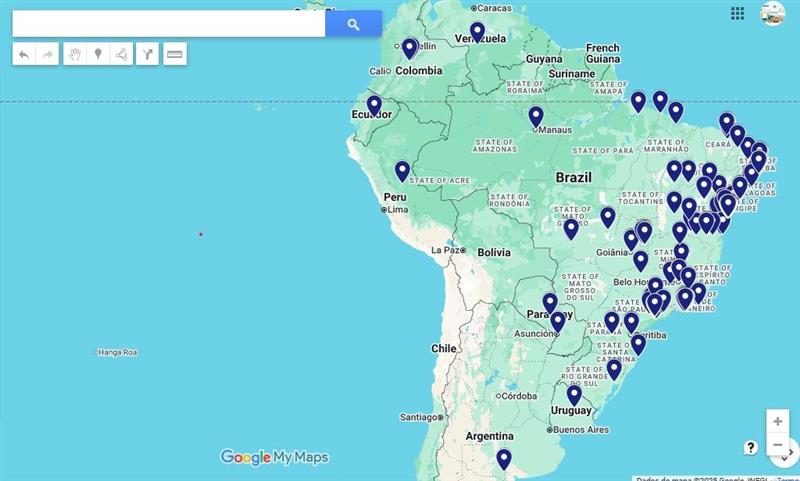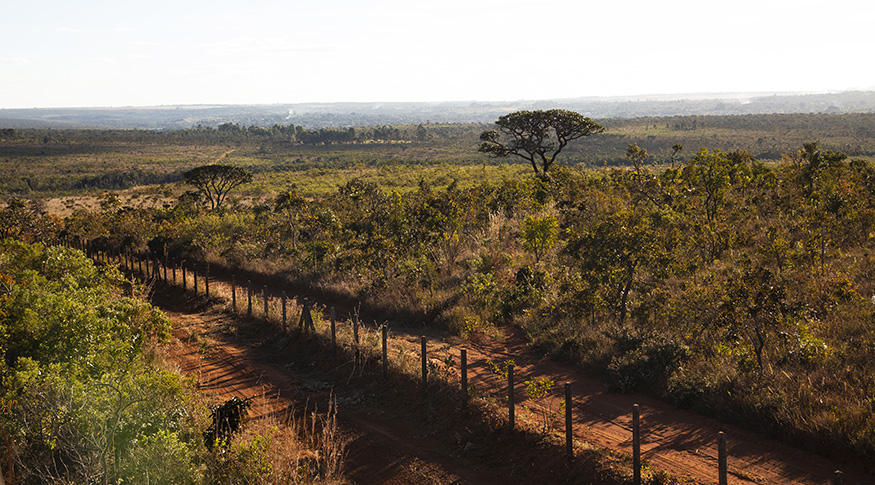IPP
Industrial prices fall 0.20% in August, seventh negative result in a row
October 10, 2025 09h00 AM | Last Updated: October 10, 2025 11h44 AM
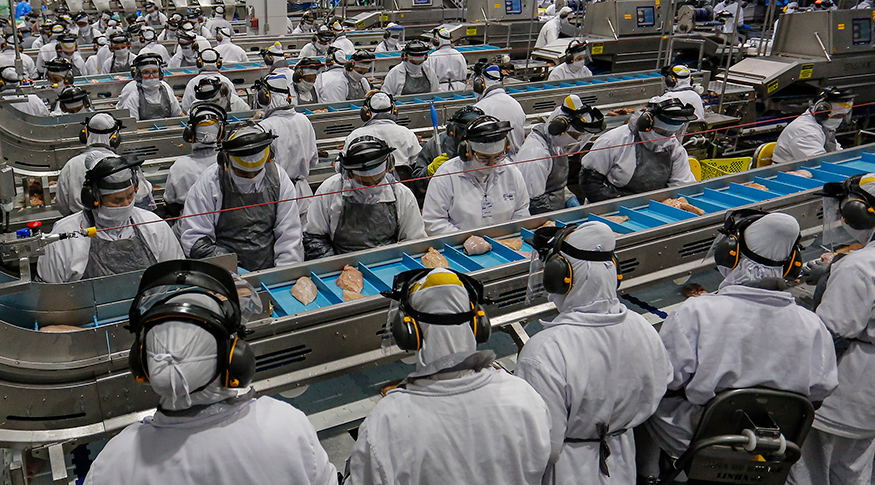
National industrial prices fell 0.20% in August compared to July (-0.31%), the seventh consecutive negative rate after a series of 12 positive results in a row between February 2024 and January 2025. Therefore, the Producer Price Index (IPP) rose 0.48% in 12 months, whereas the cumulative index in the year stayed at -3.62%. The monthly change had been 0.66% in August 2024. The data were released today (10) by the IBGE.
The Producer Price Index (IPP) of the Mining and Manufacturing Industries measures the evolution of the prices of products "at the factory gate", free from taxes and freight, and encompasses the broad economic categories.
In August 2025, 12 out of 24 industrial activities surveyed showed negative price changes when compared to the previous month, following the change in the index in the general industry. In July this year, 12 activities had shown lower average prices compared to June.
The four most intense changes were in toiletries, soaps and cleaning products (-1.66%); wood (-1.59%); computer equipment, electronic and optical products (1.59%); and pulp and paper (-1.42%).
“It should be noted that the monthly result of August is the least intense since April (-0.12%). If we look at what happens with the cumulative index in the year, we will see that the main impacts came from sectors with a high weight in industry: food, basic metals, mining and quarrying industries and refining. The movement of these prices has different explanations, but, in the case of food, for example, harvest is a factor that largely explains the reduction, not by chance, sugar, soybeans and rice emerge as the main influences on the cumulative index in the year,” explains Alexandre Brandão, manager of the IPP.
The main influences between July and August came from food (-0.11 p.p.), other chemicals (-0.08 p.p.), mining and quarrying industries (-0.06 p.p.) and pulp and paper (-0.04 p.p.).
The food sector (0.44%) continues to show a negative change, the seventh one in the year - a positive change was registered only in April (1.52%) -, though the least intense among them. As a result, the cumulative index in the year was -7.55% and, in 12 months, 1.45%. In relation to this last indicator, it is worth noting that, in January, it pointed to a change of 13.60%, which fluctuated up and down until April (14.08%), when the results began to lose intensity.
“In relation to the food sector, of the 43 products raised in the survey, the four with the biggest influence accounted for -0.02 p.p. (out of the change of -0.44%), i.e., the other 39 products are those that intensify the negative result. In any case, of the four products with the biggest influence, the reduction in the price of chicken meat, due to a lower demand, and coffee, within the harvest period, guaranteed a net negative influence, given that the prices of soybean oil and VHL sugar rose,” highlights the manager of the survey.
From July to August 2025, the sector of other chemicals had the second biggest influence (-0.08 p.p.) on the negative performance of industry. In the year, the chemical industry reversed the sign of the price change accumulated until July, recording -0.26%, while in 12 months the cumulative price was 0.28%, reinforcing the inflationary slowdown observed in recent months (in July the rate was 3.63%).
Ranked in third place with the biggest influences on the IPP in August, mining and quarrying industries (-0.06 p.p.) once again registered a negative performance in comparison with the previous month (-1.39%). Despite the drop of 6.29% compared to August 2024, mining and quarrying industries stand out in the cumulative index in the year, with a retraction of 13.99% compared to the result observed in December 2024, the most intense variation in this indicator and the lowest value for August since 2015.
“This sector follows very closely what happens in the international market, and, in August, the reduction in the prices of crude petroleum oil and natural gas explains the sectoral result, as iron ores had an increase in prices,” adds Brandão.
From the perspective of the broad economic categories, the price change observed between July and August 2025 had the following impact: 0.38% change in capital goods (BK); -0.14% in intermediate goods (BI); and -0.40% in consumer goods (BC), with the change observed in durable consumer goods (BCD) being 0.27%, while in semi-durable and non-durable consumer goods (BCND) it was -0.53%. When calculating the general result of the monthly indicator, the main influence among the Broad Economic Categories was exerted by consumer goods, whose weight in the composition of the general index was 38.11% and accounted for -0.15 p.p. of the -0.20% change in the mining and manufacturing industries.
Know more about the IPP
The IPP aims at measuring the average change of sale prices received by the domestic producers of goods and services, as well as their evolution over time, signaling the short-term inflationary trends in Brazil. It is a key indicator for the macroeconomic follow up and, consequently, a valuable analytical instrument for decision makers, either public or private.
The survey investigates, in a few more than 2,100 enterprises, the prices received by producers, free from tax, tariffs and freight, defined according to the most usual commercial practices. Nearly 6 thousand prices are collected monthly. The complete IPP tables are available on Sidra. The next release of the IPP, related to September, will be on November 7.

